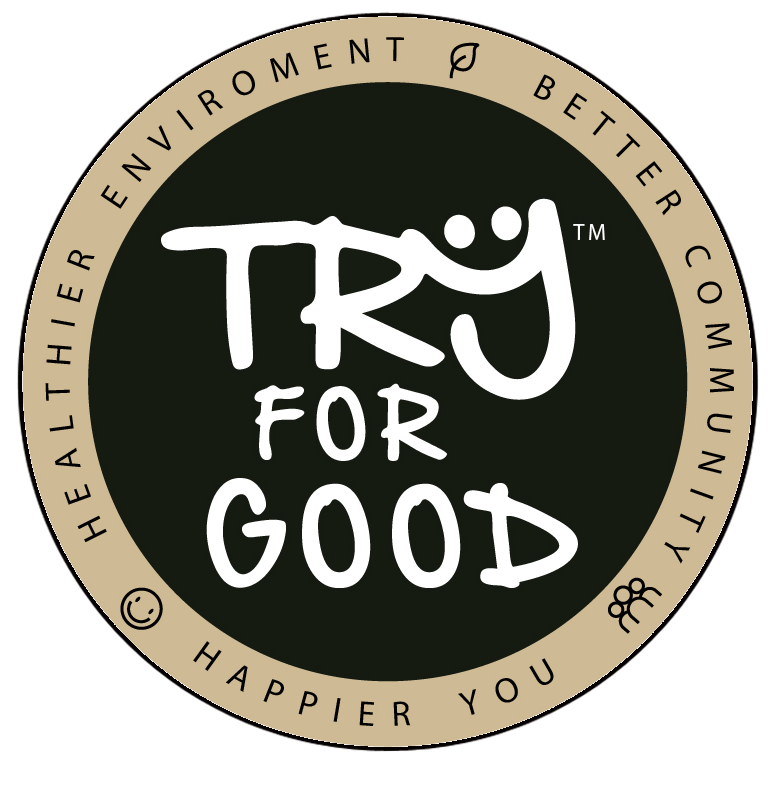
We are all Genetically Modified
May 12, 2017 in Articles
A genetically modified organism, or GMO, is an organism that has had its DNA altered or modified through techniques of modern biotechnology.
According to FAO ( The United Nations Food & Agriculture Organization) :”Genetically engineered/modified organisms, and products thereof, are produced through techniques in which the genetic material has been altered in a way that does not occur naturally by mating and/or natural recombination.”
Genetically engineered foods have one or more foreign genes (genes from other plants, animals or microbes) inserted into their genome. The benefits are foods which are healthier, more nutritious and resistant to diseases and droughts.
By far the biggest use of GMO technology has been in large-scale agricultural crops: At least 90 percent of the soybean, cotton, canola, corn and sugar beets sold in the United States have been genetically engineered. The adoption of herbicide-resistant corn has accelerated, reaching 89 percent of U.S. corn acreage in 2014 and in 2015, according to the U.S. Department of Agriculture.
There are two different viewpoints when it comes to the health and safety of genetically engineered food — industry leaders and scientists who support GMOs and those who have a misbelieve that GMOs are harmful.
Fear-mongering regarding the safety of GMO foods is based more on emotions than facts. “Indeed, the science is quite clear: crop improvement by the modern molecular techniques of biotechnology is safe,” the American Association for the Advancement of Science (AAAS) said in a 2012 statement.
“The World Health Organization, the American Medical Association, the U.S. National Academy of Sciences, the British Royal Society, and every other respected organization that has examined the evidence has come to the same conclusion: Consuming foods containing ingredients derived from GM [genetically modified] crops is no riskier than consuming the same foods containing ingredients from crop plants modified by conventional plant improvement techniques,” according to the AAAS.Same has been the feeling expressed by the Indian science academies from time to time.
There are ample pieces of evidence from past and researchers which clearly indicates that the movement of genes between different organisms is a common widespread phenomenon. According to SCIENCE magazine, 2015, we are not completely human, as far as the genetic material inside our cells is concerned, as we all may harbor as many as 145 genes that have jumped from bacteria, other single-celled organisms, and viruses and made themselves at home in the human genome. That’s the conclusion of a new study, which provides some of the broadest evidence yet that, throughout evolutionary history, genes from other branches of life have become part of animal cells. We are all “GMOs” as is every organism on Earth.
After funding 130 research projects over more than 25 years by more than 500 independent research groups, the European Union concluded “that biotechnology, and in particular, GMOs, are not per se more risky than e.g. conventional plant breeding technologies.”
In fact plant Breeding techniques add genes of known functions to crop variety but cannot avoid introducing many other genes along with the gene of interest which may cause hazards later. Genetic engineering is nothing but a modern precise under control method which is efficient, safe and profitable. It has a unique advantage of transferring genes from the tertiary gene pool, meaning thereby that virtually from any organism genes can be transferred into the crop of interest. But on another hand, conventional plant breeding can only use genes from sexually compatible groups, means from primary and secondary gene pools, and these sources have been overexploited.
